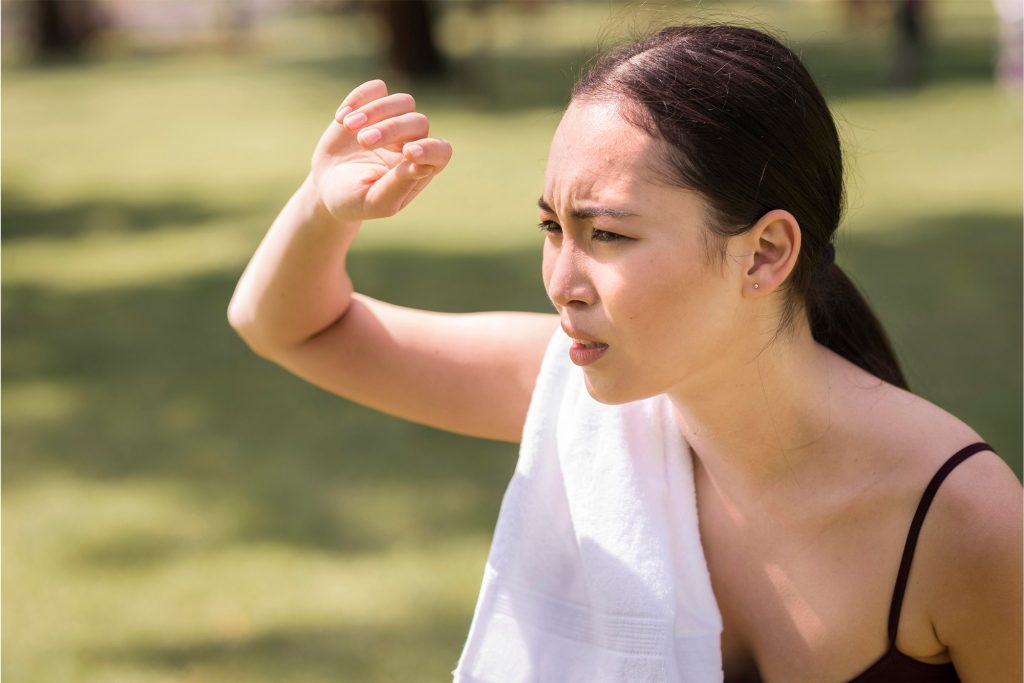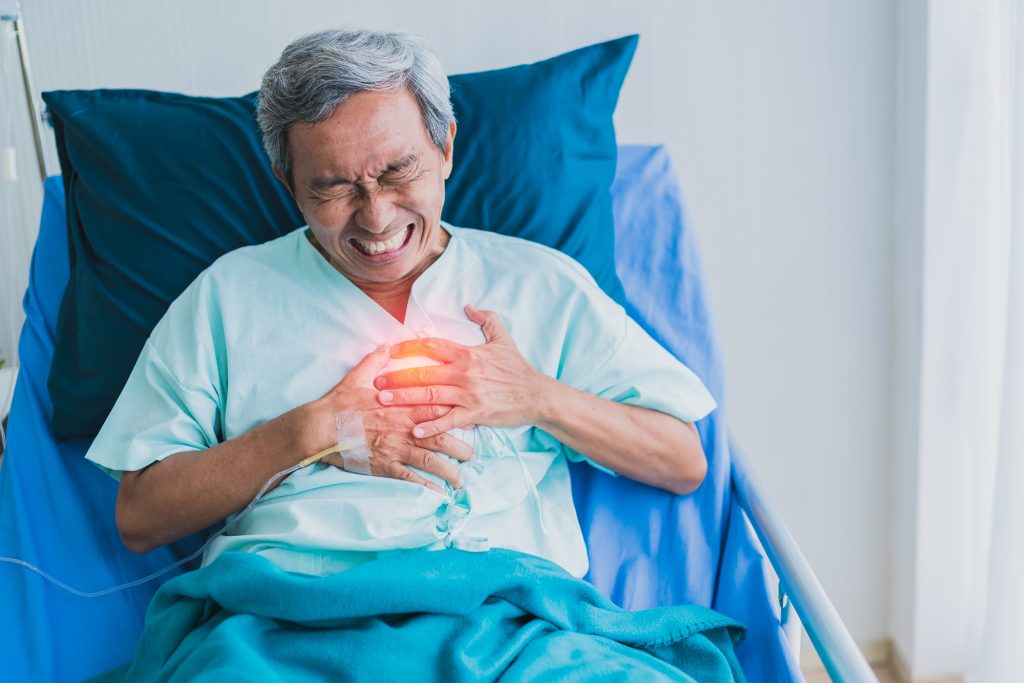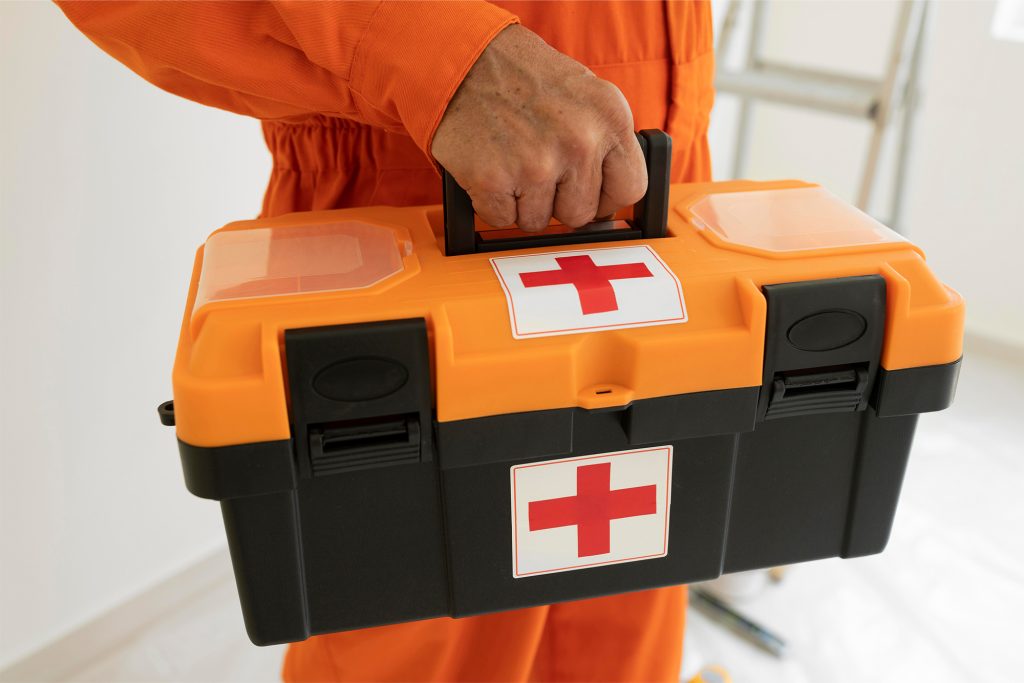CONTACT US: 0919 058 5858 | 02 899 51920
CONTACT US:
0919 058 5858 | 02 899 51920
With summer in full swing, Filipinos are embracing the outdoors – going on picnics, flocking to beaches, climbing mountains, setting up camp, and more. Despite the allure of being close to nature and getting sun-kissed, the Philippine Atmospheric, Geophysical and Astronomical Services Administration (PAGASA) urges the people to be mindful of the extreme heat. The months of March, April, and May typically mark the peak of the hot and dry season in the Philippines.
Soaring temperatures in March forced schools in Metro Manila and several provinces to announce in-person class suspensions, affecting millions of students. In April, PAGASA warned the public that some cities and municipalities in the Philippines may experience a “danger-level” heat index, ranging from 42°C to 44°C. According to PAGASA, areas with a 42°C to 51°C heat index fall under the danger category, which may lead to heat exhaustion, heat cramps, and heat stroke.
Protect yourself and your loved ones from medical emergencies, especially during this extreme heat. Gain peace of mind by securing an emergency health card Philippines.

Mayo Clinic defines heat stroke as a health issue caused by the body overheating, resulting from long exposure to high temperatures or prolonged physical activity in hot conditions. Heat stroke is the most serious heat-related illness which can occur if body temperature reaches 40°C or higher. Some groups face a higher risk of heat stroke, including infants, the elderly, outdoor workers, and physically active individuals.
With the intense heat already underway, heatstroke is a significant health risk this summer, making awareness and preventive measures crucial.


Knowing how to spot the danger signs of heat stroke is your first line of defense against this potentially life-threatening condition. With PAGASA’s heat index warnings, the ability to recognize the signs and symptoms of heat stroke can allow for timely intervention and safeguard lives. Symptoms of heat stroke according to the Mayo Clinic may include:

Heat stroke is considered a MEDICAL EMERGENCY. If you suspect someone is suffering from heatstroke, the DOH highly recommends bringing the person immediately to the hospital after doing the following emergency measures:

Here are some easy and practical tips to beat the scorching heat this summer and shield yourself and your loved ones from heat-related illnesses, especially heat stroke.
Stay vigilant of the dangers of heat stroke, especially with the soaring temperatures in the Philippines. Don’t underestimate the dangers of heat stroke because it’s a potentially fatal condition. With combined awareness and proactive measures, you can have a safer and healthier summer.

Easy access health plan options for the Filipino community.
We know finding the right healthcare plan can be a complex and confusing task.
Our health plan specialists are always here to help 24/7.
Got more questions?